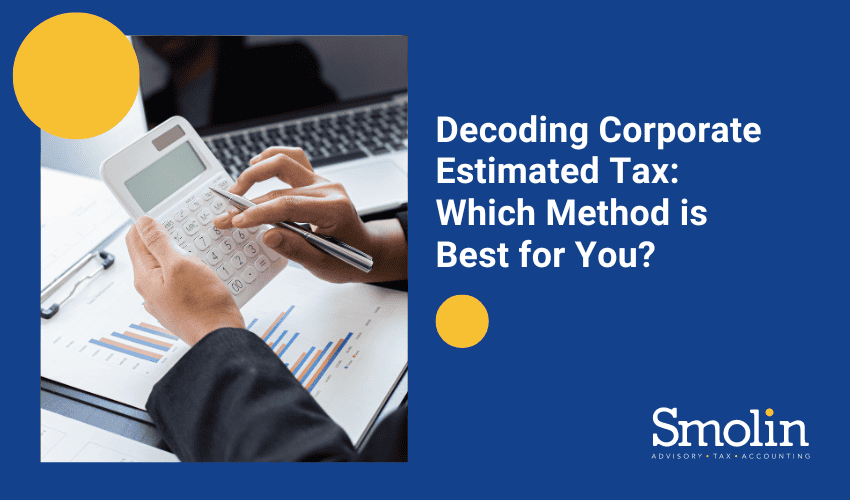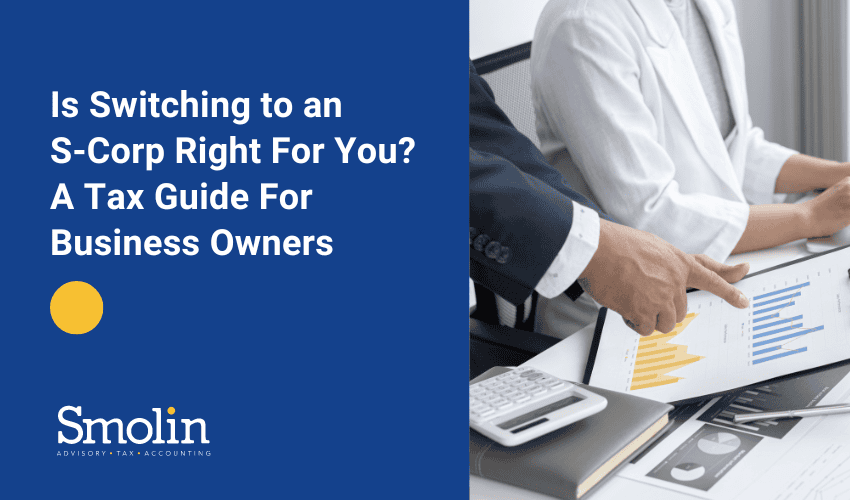Shuttering your business is a significant milestone, often marked by a mix of relief and uncertainty. If you’ve opted to wind down operations on your business, it’s essential to tie up certain loose ends, especially tax-related ones.
Return filings
Businesses must file specific federal income tax returns to finalize their situation. The type of return you need to file depends on the type of business you have. For instance:
- Sole proprietors typically need to file a Schedule C, “Profit or Loss from Business,” with their individual returns for the year they close their businesses. This can also include self-employment taxes.
- Partnerships must file Form 1065, “U.S. Return of Partnership Income,” to report capital gains and losses on Schedule D. This indicates that it’s the final return and partner shares are finalized on Schedule K-1, “Partner’s Share of Income, Deductions, Credits, etc.”.
- Corporations require Form 966, “Corporate Dissolution or Liquidation,” if they adopt a resolution or plan to dissolve an entity or liquidate any of its stock, along with:
- Form 1120, “U.S. Corporate Income Tax Return,” for C-corps,
- Form 1120-S, “U.S. Income Tax Return for an S Corporation,” for S corps
- All businesses might need to file other tax forms to report sales of business property or asset acquisitions when selling a business.
Employee and contractor obligations
If you have employees, you’ll need to ensure final wages, taxes, and deposits are handled correctly. Failure to make federal tax deposits, report employment taxes, or deposit employee income can result in serious penalties. Additionally, Social Security and Medicare taxes can result in full personal liability for what’s known as the Trust Fund Recovery Penalty.
You also need to report if you’ve paid independent contractors at least $600 from the calendar year on Form 1099-NEC, “Nonemployee Compensation.”
Beyond the basics
Your tax responsibilities might extend beyond the above requirements. For instance:
If your business has a retirement plan for employees, you’ll need to terminate the plan and distribute benefits to participants. This includes health savings accounts (HSAs) and flexible spending accounts (FSAs). When you terminate these plans, there are specific notice, funding, timing, and filing requirements you need to meet.
Once you address tax matters including debt cancellation, use of net operating losses, freeing up passive activity losses, depreciation recapture, and possible bankruptcy issues, you can cancel your Employer Identification Number (EIN) and close your IRS business account. Please note that you need to retain business records for a set amount of time.
If your business cannot pay all the taxes owed, you do have options! Contact your Smolin advisor to discuss your situation. Closing a business is never an easy choice but with a trusted Smolin advisor by your side, you can navigate the process more smoothly.









